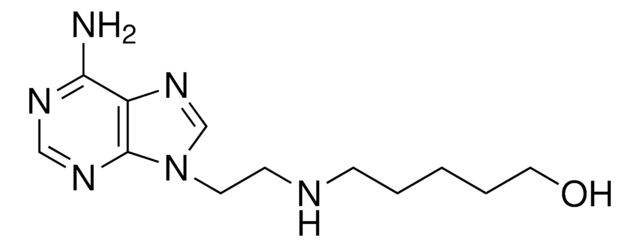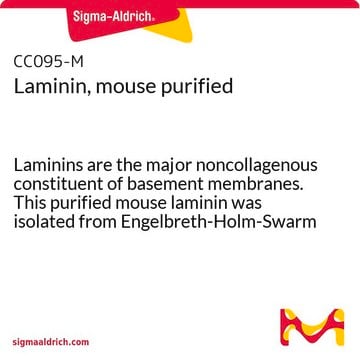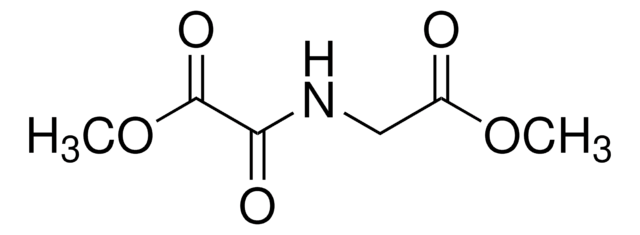The solubility information can be found on the Specification sheet: Solubility (Solvent) Water or 1% Acetic Acid Solubility (Conc) 1.00 - 1.04 mg/ml. Stock solutions are stable for up to 3 months at -20°C.
A1439
Pituitary adenylate cyclase activating polypeptide-38
Synonyme(s) :
PACAP-38
Sélectionner une taille de conditionnement
Sélectionner une taille de conditionnement
About This Item
Produits recommandés
Forme
powder
Niveau de qualité
Composition
Peptide content, ~70%
Numéro d'accès UniProt
Température de stockage
−20°C
Informations sur le gène
human ... ADCYAP1(116)
Amino Acid Sequence
Description générale
Application
Actions biochimiques/physiologiques
Autres remarques
Code de la classe de stockage
11 - Combustible Solids
Classe de danger pour l'eau (WGK)
WGK 3
Point d'éclair (°F)
Not applicable
Point d'éclair (°C)
Not applicable
Équipement de protection individuelle
Eyeshields, Gloves, type N95 (US)
Faites votre choix parmi les versions les plus récentes :
Certificats d'analyse (COA)
Vous ne trouvez pas la bonne version ?
Si vous avez besoin d'une version particulière, vous pouvez rechercher un certificat spécifique par le numéro de lot.
Déjà en possession de ce produit ?
Retrouvez la documentation relative aux produits que vous avez récemment achetés dans la Bibliothèque de documents.
Les clients ont également consulté
-
How can stock solutions for item A1439, Pituitary adenylate cyclase activating polypeptide-38, be reconstituted and stored?
1 réponse-
Utile ?
-
Filtres actifs
Notre équipe de scientifiques dispose d'une expérience dans tous les secteurs de la recherche, notamment en sciences de la vie, science des matériaux, synthèse chimique, chromatographie, analyse et dans de nombreux autres domaines..
Contacter notre Service technique










